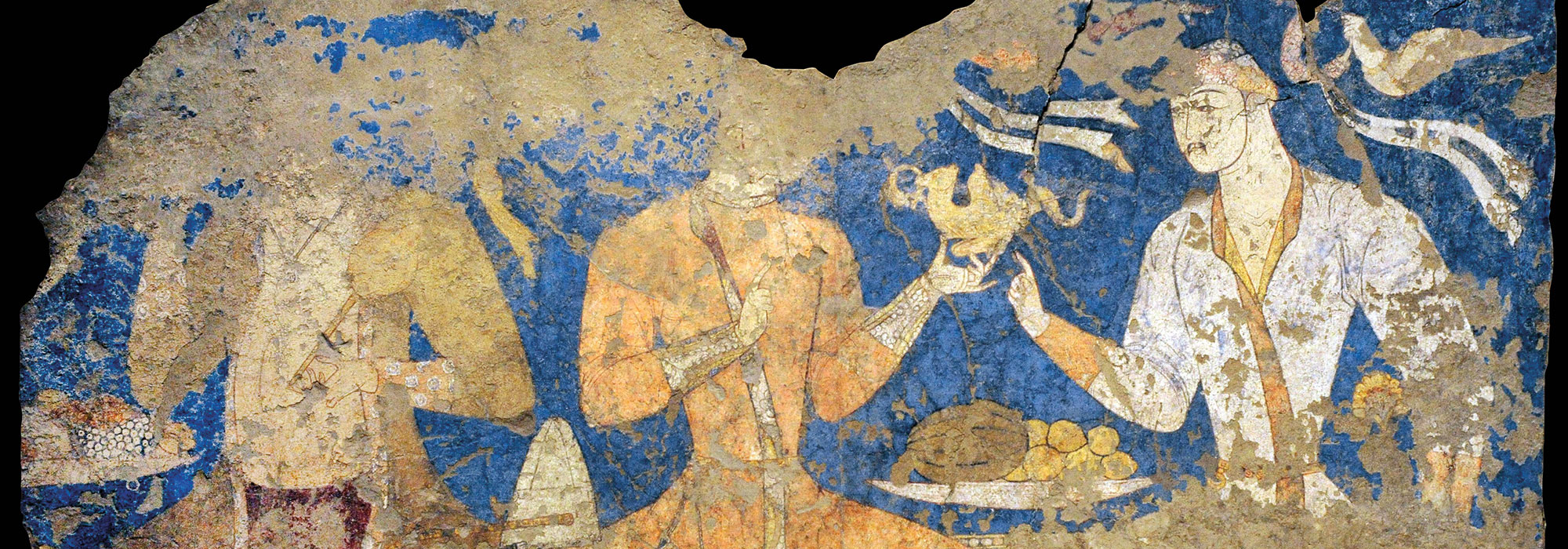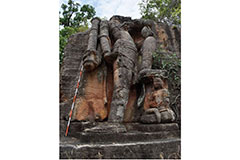Features From the Issue
-
Features
From Head to Toe in the Ancient Maya World
Clothing, jewelry, and body modification spoke volumes about people’s social status and the varied roles they played
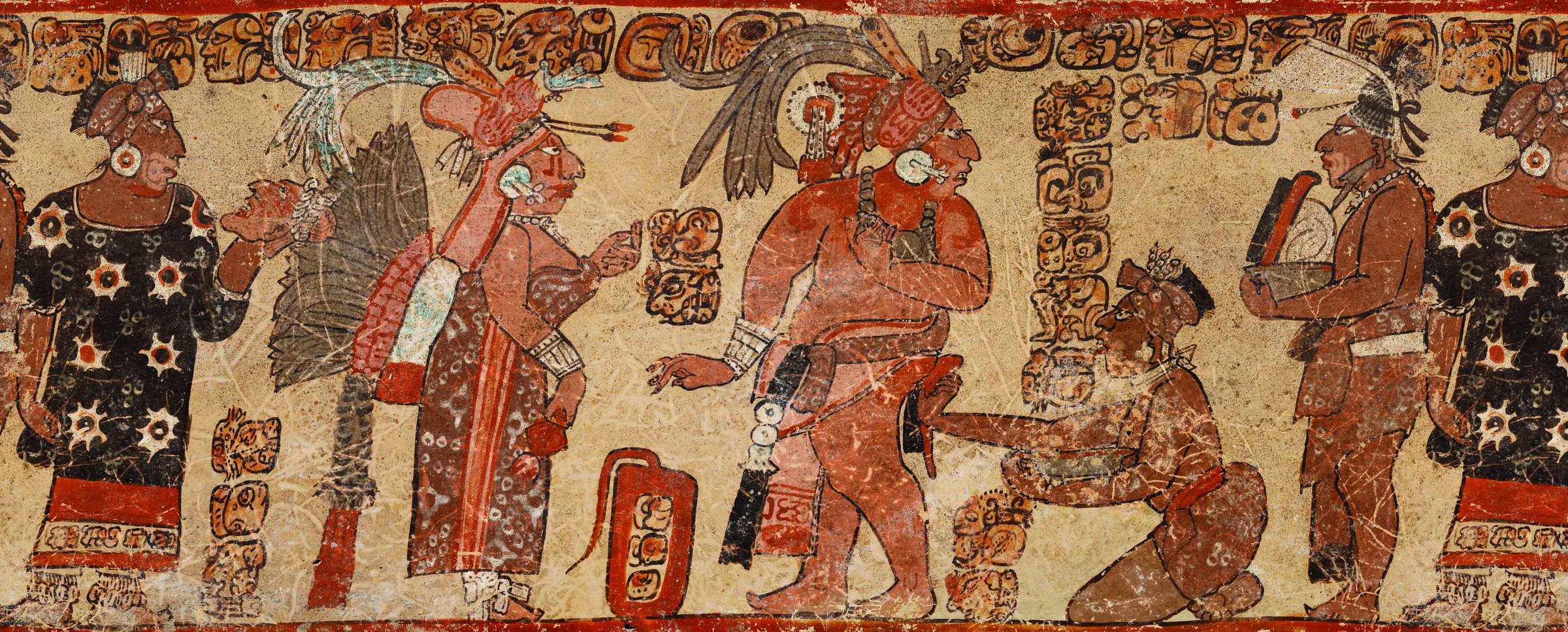 (Photograph © 2020 Museum of Fine Arts, Boston. Cylinder vase. Maya, Late Classic Period, A.D. 600–800. Object Place: El Petén, Guatemala. Earthenware: orange, red, dark pink, brown, gray (originally green), and black on cream slip paint; traces of Maya Blue pigment. 17.2 x 11.8 cm (6 3/4 x 4 5/8 in.). MS1119; Kerr 764. Museum of Fine Arts, Boston. Gift of Landon T. Clay. 1988.1176.)
(Photograph © 2020 Museum of Fine Arts, Boston. Cylinder vase. Maya, Late Classic Period, A.D. 600–800. Object Place: El Petén, Guatemala. Earthenware: orange, red, dark pink, brown, gray (originally green), and black on cream slip paint; traces of Maya Blue pigment. 17.2 x 11.8 cm (6 3/4 x 4 5/8 in.). MS1119; Kerr 764. Museum of Fine Arts, Boston. Gift of Landon T. Clay. 1988.1176.) -
Features
A Silk Road Renaissance
Excavations in Tajikistan have unveiled a city of merchant princes that flourished from the fifth to the eighth century a.d.
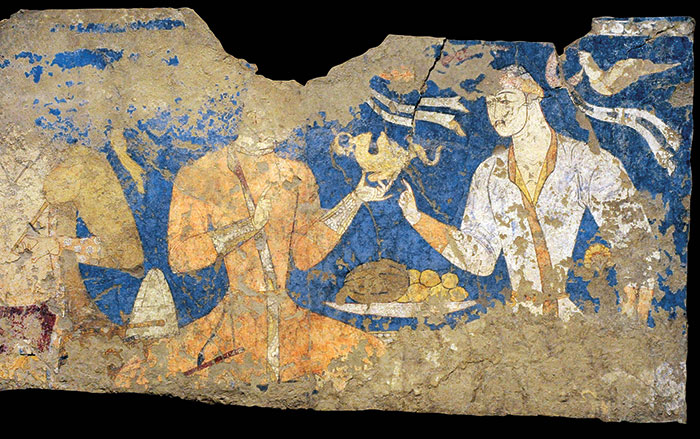 (Prisma Archivo/Alamy Stock Photo)
(Prisma Archivo/Alamy Stock Photo) -
Features
Idol of the Painted Temple
On Peru’s central coast, an ornately carved totem was venerated across centuries of upheaval and conquest
 (© Peter Eeckhout)
(© Peter Eeckhout) -
Features
The Power of Secret Societies
Clandestine groups throughout history have used shadowy rituals to control the world around them

Letter from Normandy
Letter from Normandy
The Legacy of the Longest Day
More than 75 years after D-Day, the Allied invasion’s impact on the French landscape is still not fully understood

Artifact
Artifacts
Roman Canteen
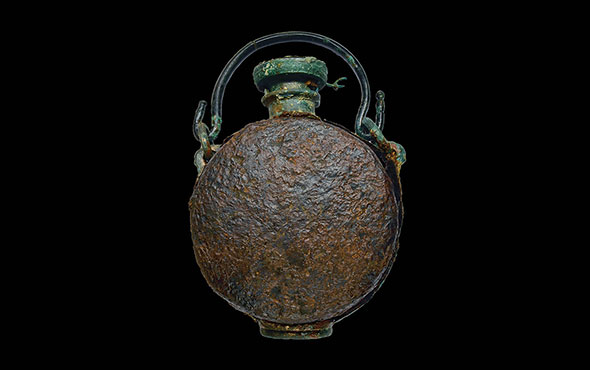
Digs & Discoveries
-
Digs & Discoveries
The Emperor of Stones
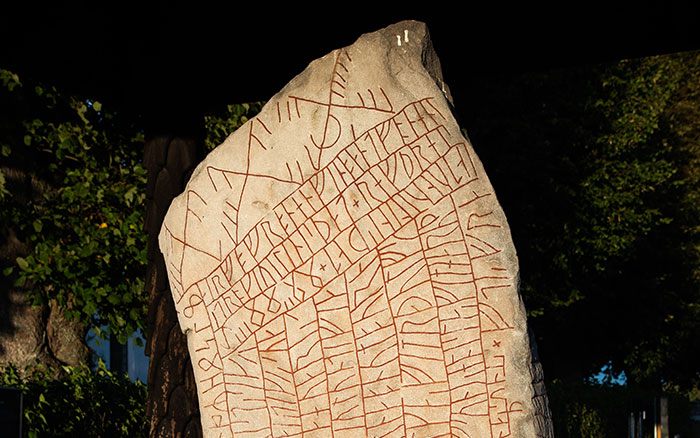 (Helge Andersson)
(Helge Andersson) -
Digs & Discoveries
Ice Age Ice Box
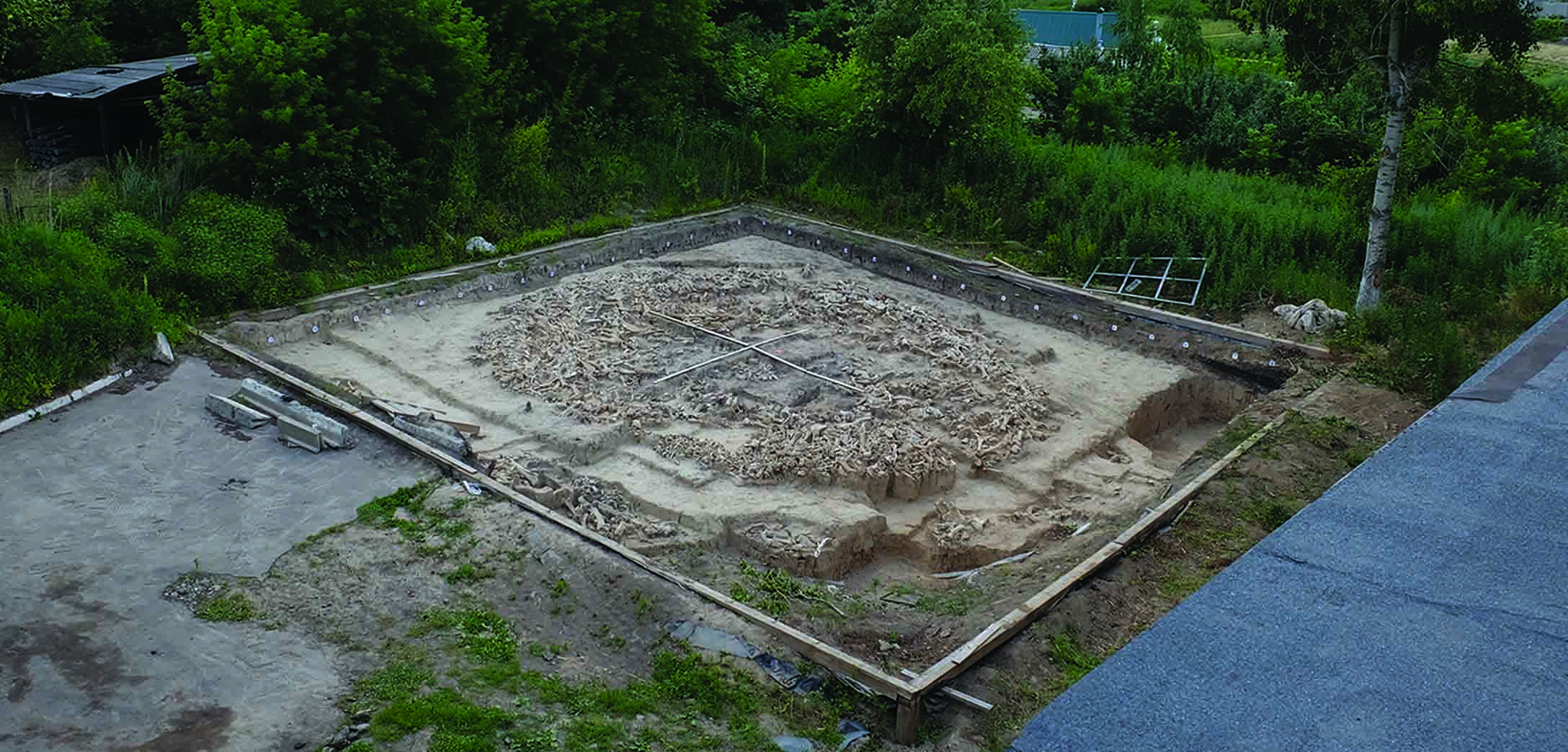 (Courtesy Alexander Pryor/University of Exeter)
(Courtesy Alexander Pryor/University of Exeter) -
Digs & Discoveries
Sticking Its Neck Out
 (R.J. Clarke)
(R.J. Clarke) -
Digs & Discoveries
ID'ing England's First Nun
 (Courtesy Finding Eanswythe)
(Courtesy Finding Eanswythe) -
Digs & Discoveries
Play Ball!
 Formative Etlatongo Project
Formative Etlatongo Project -
Digs & Discoveries
History in Ice
 (Dr. Nicole Spaulding, Climate Change Institute, University of Maine)
(Dr. Nicole Spaulding, Climate Change Institute, University of Maine) -
Digs & Discoveries
Roman River Cruiser
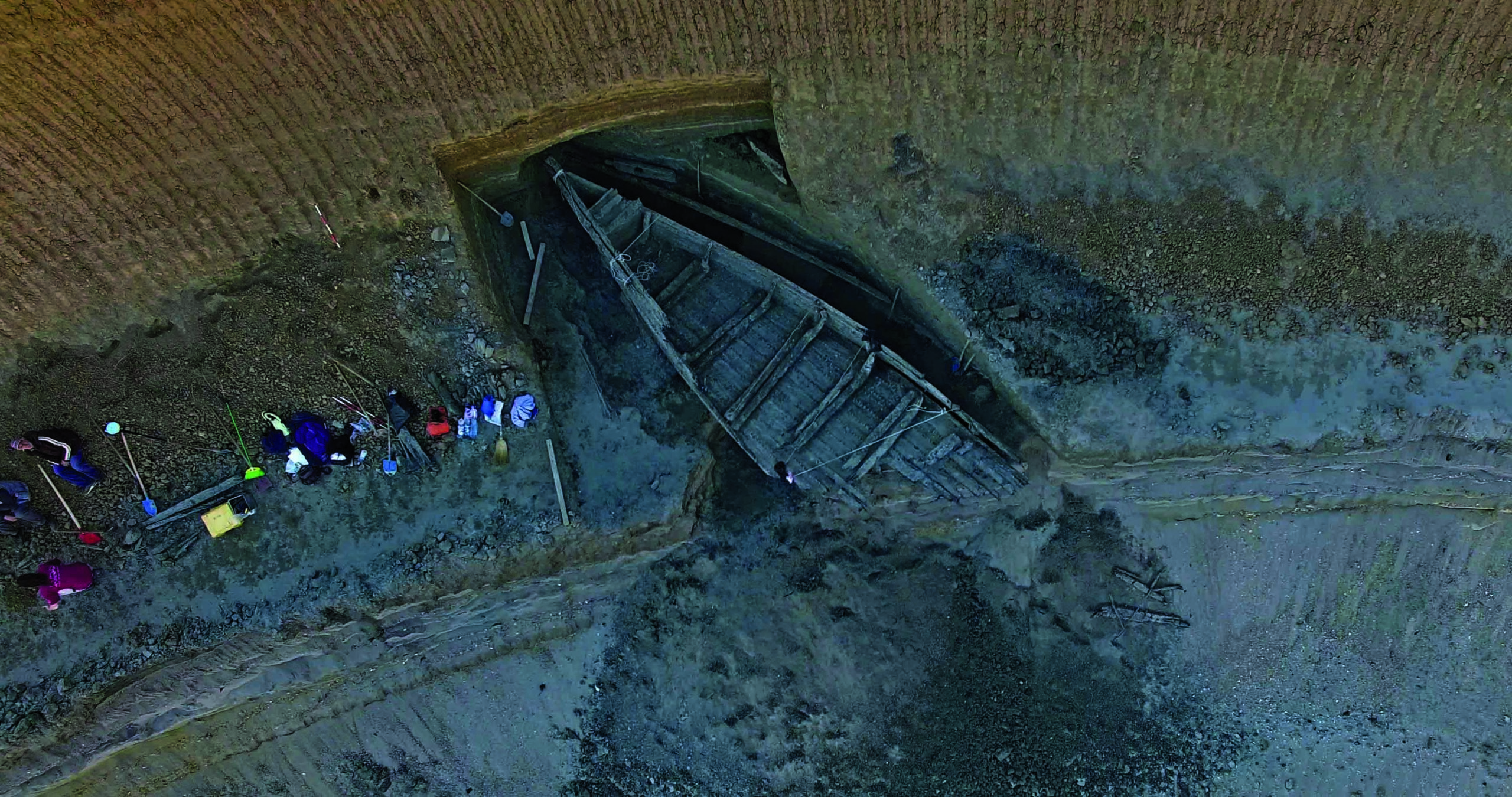 (Institute of Archaeology in Belgrade)
(Institute of Archaeology in Belgrade) -
Digs & Discoveries
Prized Polo...Donkeys?
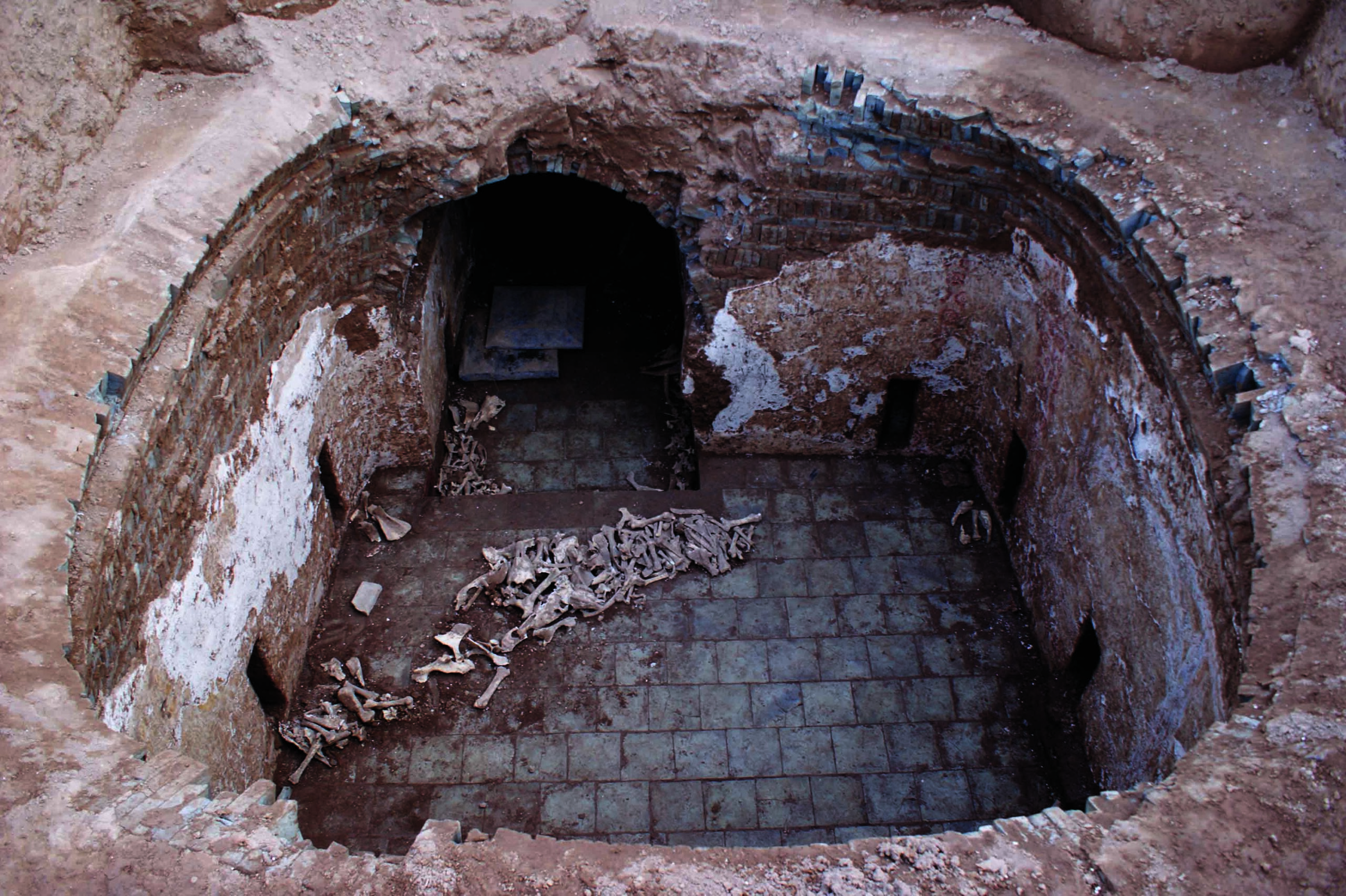 (Photo by Junkai Yang; Photo by Songmei Hu)
(Photo by Junkai Yang; Photo by Songmei Hu) -
Digs & Discoveries
Twisted Neanderthal Tech
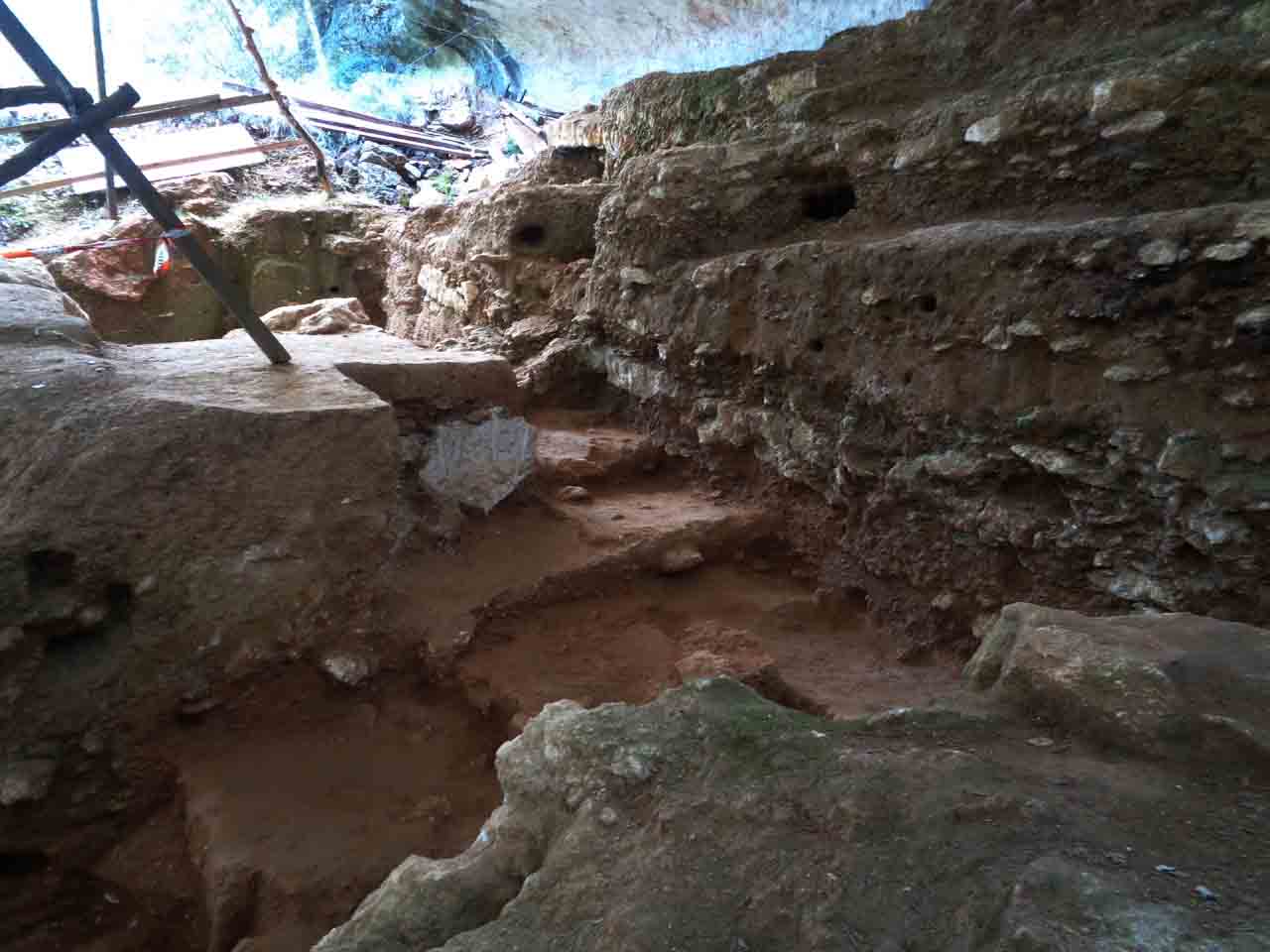 (M-H. Moncel)
(M-H. Moncel)
Off the Grid
Off the Grid July/August 2020
Castlerigg Stone Circle, England, UK
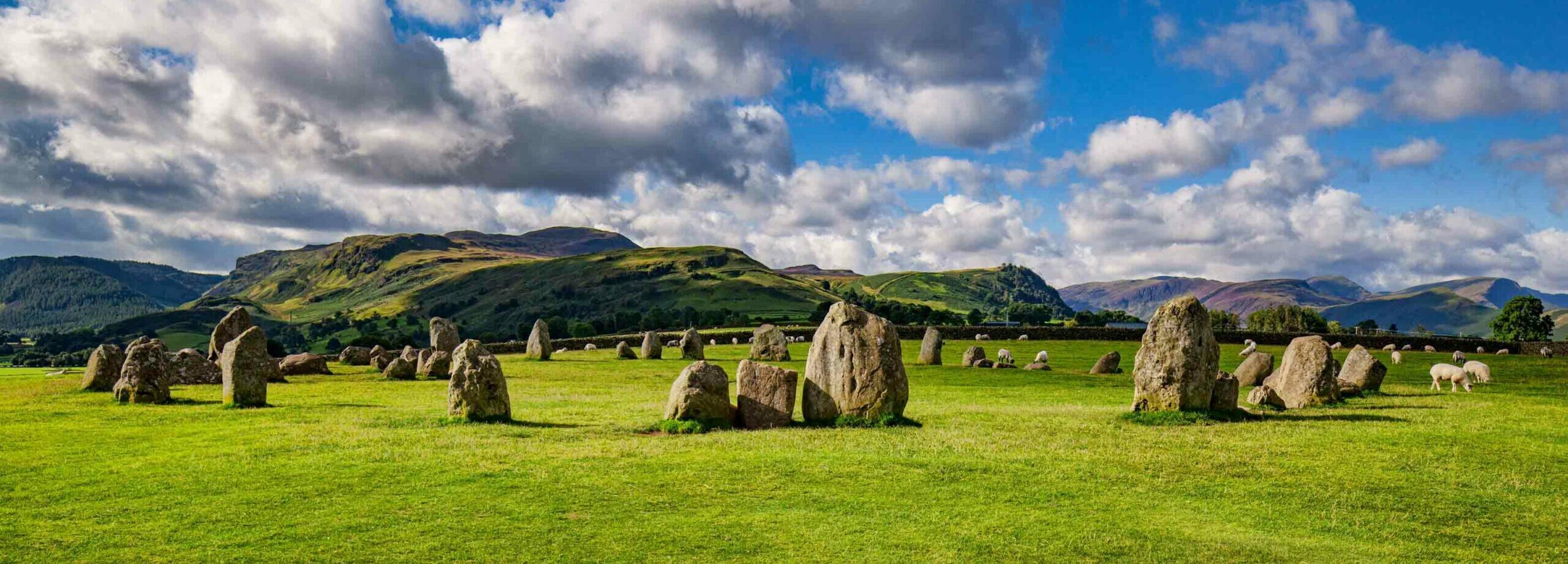
Around the World
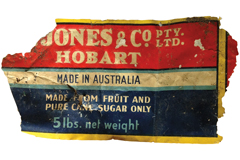
AUSTRALIA

AUSTRALIA: While excavating the Ladies’ Cottage, a former women’s mental health asylum in Tasmania, archaeologists learned about one inmate’s curious behavior through a surprising discovery. More than 1,000 objects were found hidden beneath the veranda, including bundles of newspaper, food wrappers, articles of clothing, and other personal objects. Researchers believe an unidentified woman may have entered the crawl space through a trapdoor and discreetly stashed the items between the 1920s and 1940s as a way of creating her own private space apart from asylum life.
Related Content

INDONESIA

INDONESIA: The ability to create figurative and portable objects of art is a characteristic that researchers believe separates Homo sapiens from our ancestors. Until recently though, little evidence had been found showing that early humans who settled Southeast Asia displayed these capabilities. But 2 tiny incised stone artifacts created between 26,000 and 14,000 years ago found in Leang Bulu Bettue Cave on Sulawesi are filling in this gap. One of the objects depicts an anoa—a local miniature buffalo—and the other displays a sunburst pattern.
Related Content
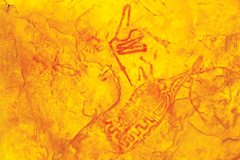
INDIA

INDIA: Nearly 300 never-before-documented rock paintings were discovered across 11 sites in Madhya Pradesh. The scenes include 67 human and 80 animal figures, among them depictions of deer, rhinoceros, wild boar, and Indian bison. While animal scenes are a common motif in ancient Indian rock art, which dates back as far as 30,000 years, one of the newly documented paintings depicts a rare post-hunt scene of a deer being butchered. A human figure seems to be pulling an arrow from the fallen animal while in the process of disemboweling it.


